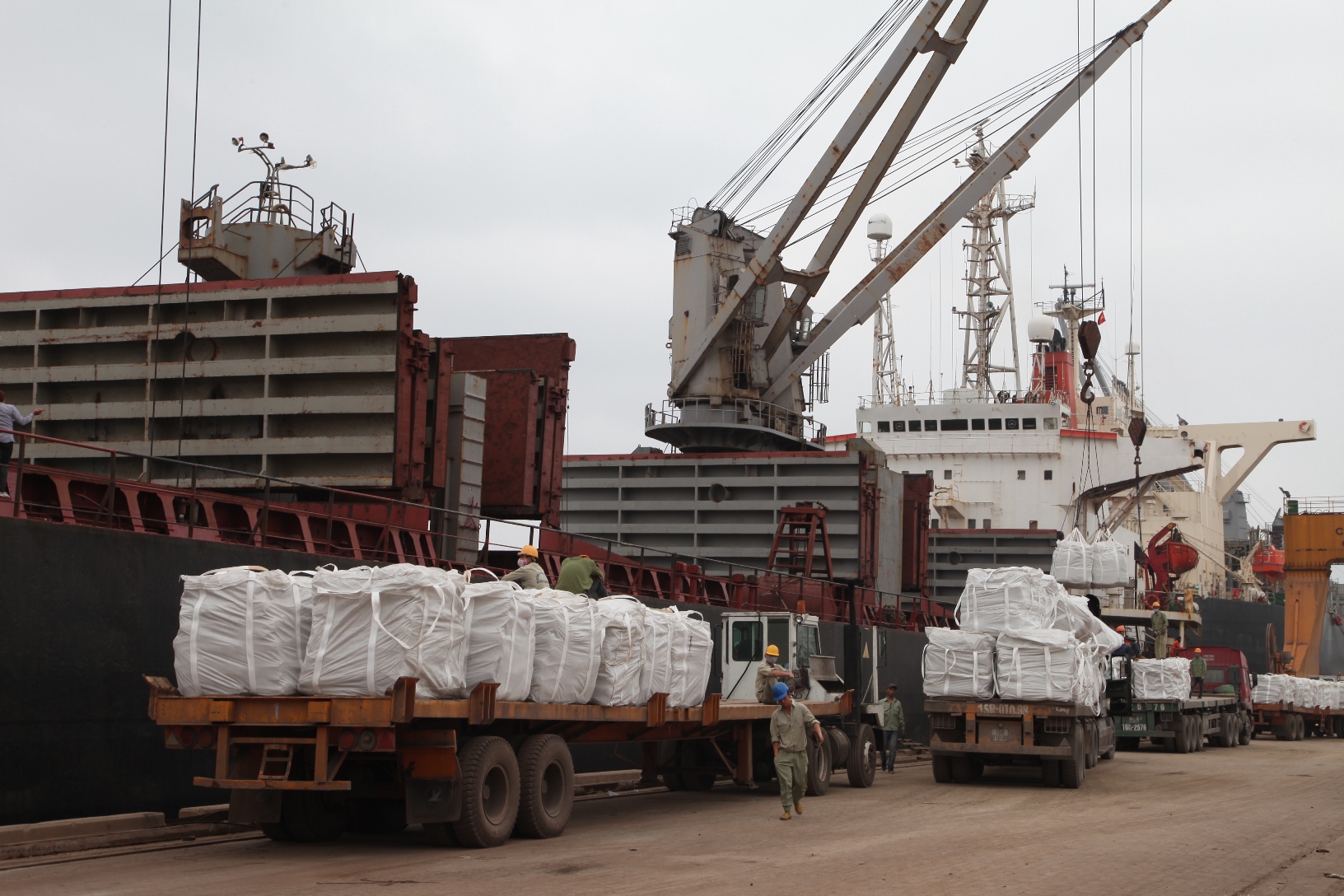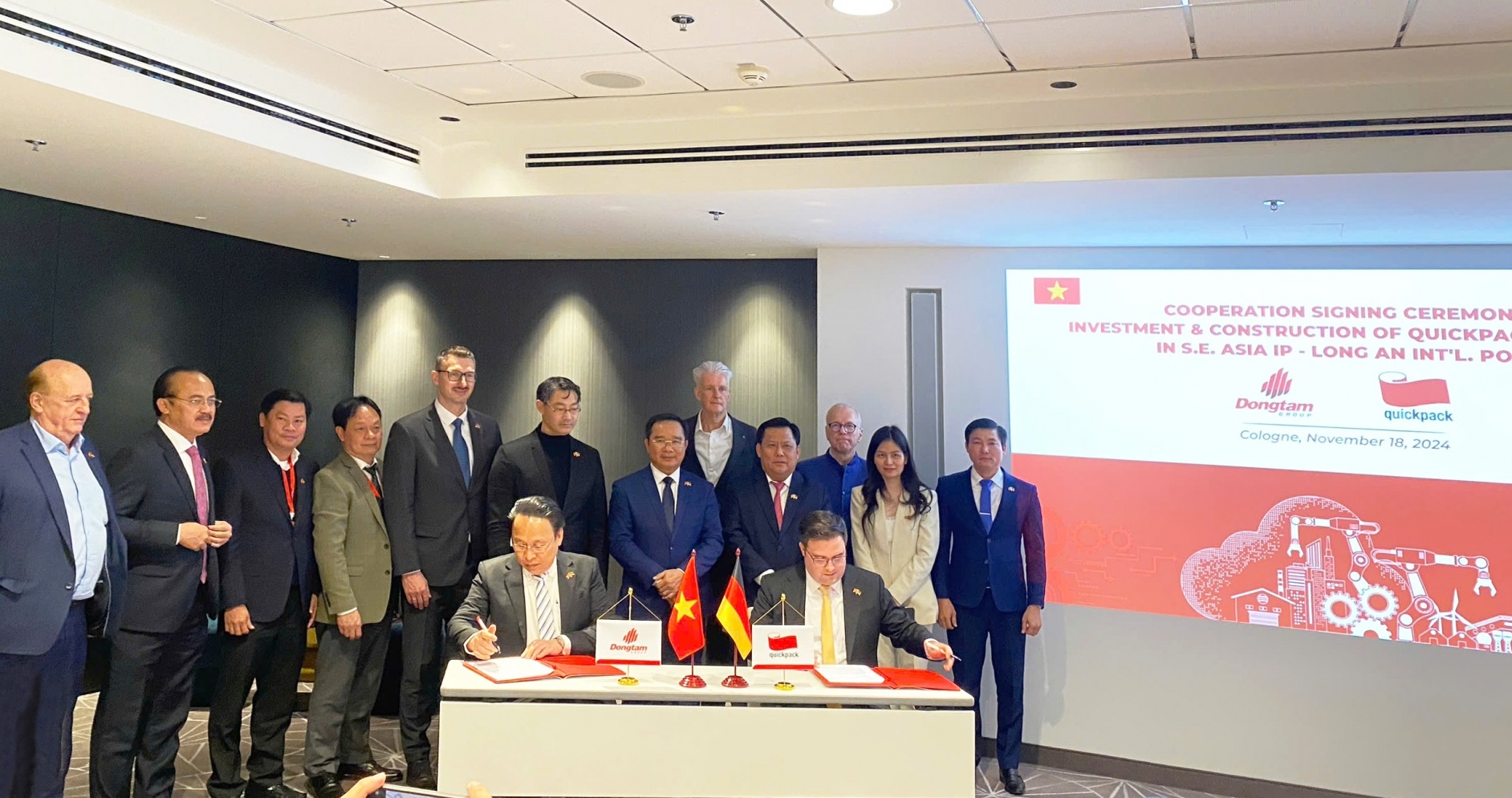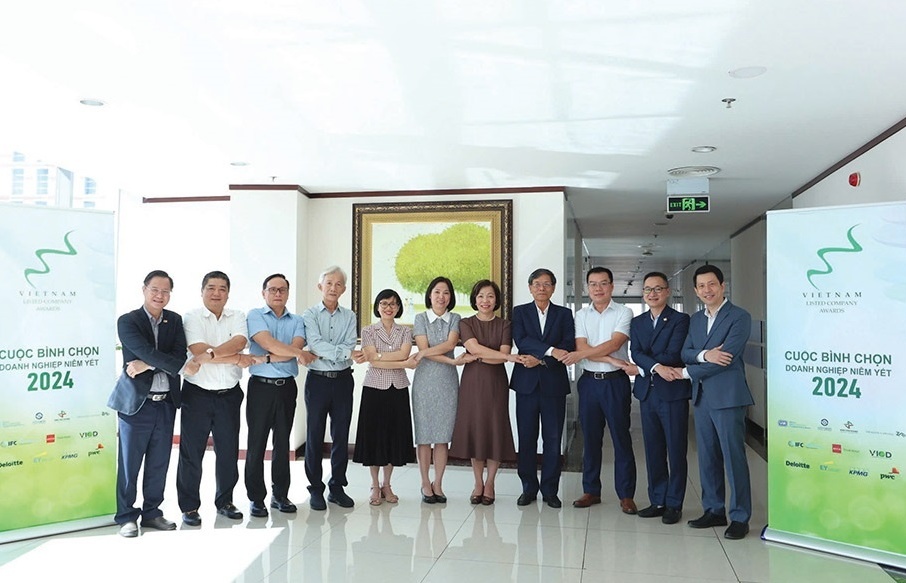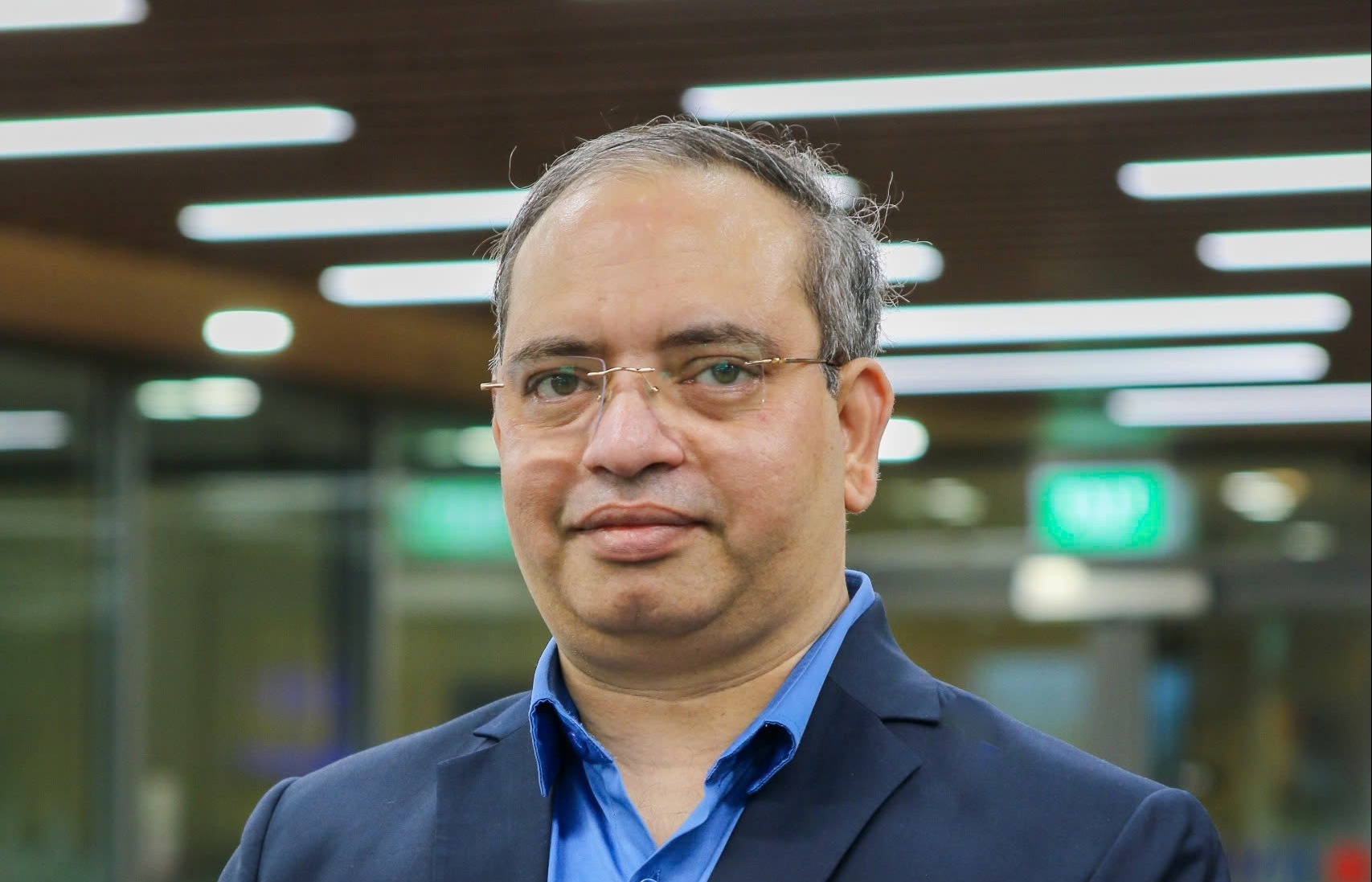MPI proposals to hit 2017 growth target

| RELATED CONTENTS: | |
| Samsung’s weighty contribution to Vietnamese economy | |
| Government passes 2016-2018 debt management program | |
| PM asks for GDP growth of 6.7% in 2017 | |
Three-quarter action plan
At the monthly government meeting on May 4, the Ministry of Planning and Investment (MPI) presented a report on the growth scenarios for the Vietnamese economy in 2017.
Specifically, according to MPI’s estimates, to reach the 6.7 per cent growth target by year end, the GDP must grow by 7.1 per cent during the last nine months, which is high compared to the same periods between 2011 and 2016.
7.1 per cent is higher than the 6.4 per cent GDP growth during the last nine months of 2016, as well as the rates of 6.8, 6.2, 5.6, 5.4 and 6.3 per cent during the same periods of 2015 going back to 2011. Meanwhile, the economy is facing a few challenges.
MPI told the government that even though in April 2017 the economy showed positive signs, it still faces several difficulties. For example, the growth rate of industrial production during the first four months was better than in the first quarter (5.1 against 4.1 per cent), but fell short of the 7.4 per cent of the same period last year. As of April 1, 2017, the total inventory of the manufacturing sector was also at a high level after rising by 12.7 per cent, higher than the 8.9 per cent increase at the same time last year.
Meanwhile, the agricultural sector that has just recovered in the first quarter has already run into new problems as it entered the second quarter. The biggest problem is a sharp plunge in pork prices due to oversupply, pushing prices below cost and causing losses to farmers. A testament to the problem’s severity are the rumours of a potential bail-out.
In addition, according to MPI, exports continued to increase, with volume reaching $61.34 billion during the past four months (up 15.4 per cent from the same period of 2016, which in turn was up 6.5 per cent from the same period of 2015). However, because imports increased at an even faster rate, trade deficit remains large. The trade deficit in the first four months was 4.47 per cent of the total export turnover, higher than the 3.5 per cent target approved by the National Assembly. A large trade deficit will not only affect growth, but also threaten macro-economic stability and exchange rates.
To tackle these issues, MPI is targeting a GDP growth of 6.26 per cent in the second quarter, 7.29 per cent in the third, and 7.49 per cent in the fourth. This way the nine-month growth would meet the 7.1 per cent goal. However, this growth scenario has several assumptions: (1) economy-wide investment would make up 35 per cent of the GDP, (2) Samsung would meet its growth target of 20 per cent for output and exports, and (3) all conditions remain favourable, including the world economy and weather.
A tall order
Meeting the 6.7 per cent growth target is a tall order. This plan can only be attained if the assumptions outlined in the MPI report hold true.
The good news is that the export volume from all Samsung factories in Vietnam is expected to increase by 20 per cent compared to 2016, to reach $50 billion, the company said in a report presented during a visit by Deputy Prime Minister Trinh Dinh Dung to Samsung’s Thai Nguyen factory in northern Vietnam.
“This will be a considerable contribution to the growth of the manufacturing sector, exports, and the overall GDP. Therefore, ministries and government agencies should closely follow Samsung’s 2017 business plan to provide support,” MPI said.
Besides, to boost short-term economic growth, MPI also proposed several solutions to the government. For example, MPI suggested raising oil production to at least 1 million tonnes to directly add to GDP growth and avoid a downfall of resource mining industries. Ministries and government agencies should proactively follow the business progress of companies and work with them to remove obstacles and reduce the inventory to last year’s levels. Meanwhile, all completed plants that have not started production should be examined and obstacles should be removed to allow factories to begin operation and contribute to GDP growth.
Besides, related government agencies should review all registered private and foreign direct investment projects to see if they are facing any difficulties and then take steps to remove the difficulties so these projects can move ahead.
MPI will also push for investment in major projects such as the North-South Highway and Long Thanh International Airport in order to boost investment and growth.
MPI also said that at a time when the world economy is at an uncertain place, Vietnam, as an emerging and increasingly integrated economy, needs to foresee scenarios and make appropriate plans. For example, one scenario might see more globalisation, and increasing economic interdependence. On the other hand, globalisation might slow down due to protectionism and global trade might face more hurdles, prompting national economies to adjust. Even more, the world economy might slow down and require each economy to find ground-breaking solutions.
What the stars mean:
★ Poor ★ ★ Promising ★★★ Good ★★★★ Very good ★★★★★ Exceptional
Latest News
More News
- Trump's trade policies could shape Vietnam's economic outlook: Dragon Capital (November 15, 2024 | 16:56)
- Prioritising corporate governance for Vietnam’s sustainable growth (November 14, 2024 | 16:50)
- Vietnam eyes nuclear revival to bolster energy security (November 14, 2024 | 16:46)
- German businesses explore investments in Dong Nai (November 08, 2024 | 18:02)
- Vietnamese consumer sentiment outperforms regional averages (November 08, 2024 | 18:00)
- Exchange and interest rates forecast to remain stable after US election (November 07, 2024 | 14:04)
- Industrial real estate stocks benefit from US election results (November 07, 2024 | 13:56)
- 2024 sees $1.41 billion in fintech funding so far (November 07, 2024 | 08:13)
- Trump at 266 electoral votes, Harris at 195: US media (November 06, 2024 | 14:30)
- Hanoi targets digital and high-tech investment with upcoming event (November 06, 2024 | 13:28)




















 Mobile Version
Mobile Version